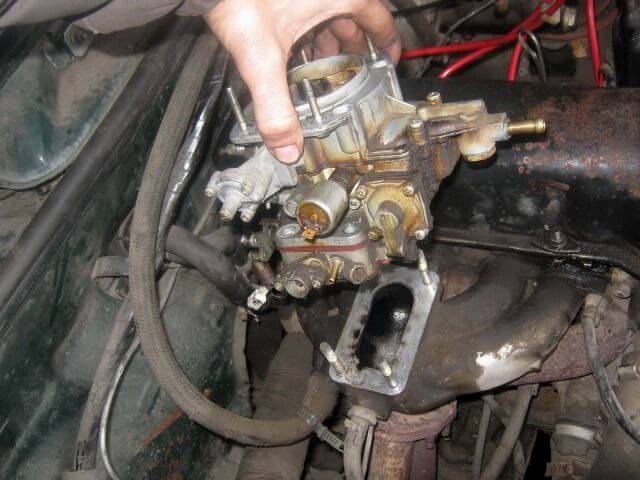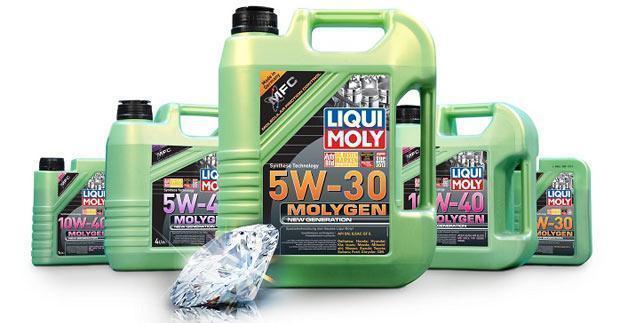
Molybdenum Oil by Liqui Moly. Benefit or harm?
Content
Features
Molygen New Generation engine oil is produced by Liqui Moly in two viscosity grades: 5W-30 and 5W-40. Produced in branded green canisters with a volume of 1, 4, 5 and 20 liters. Despite the global trend towards lower viscosity motor oils, 40 and 30 SAE lubricants are still the most in demand on the market. A winter viscosity of 5W allows the use of this oil in almost all regions of the Russian Federation.
The oil base is based on HC-synthetics. Lubricants created on the basis of hydrocracking are today undeservedly considered obsolete. And in some countries, hydrocracking technology was completely deleted from the list of synthetic bases. However, for serial civilian vehicles that are not subject to increased loads and are operated under normal conditions, it is hydrocracking oils that are optimal in terms of price and engine protection level.


The additive package, in addition to standard additives based on calcium, zinc and phosphorus, contains a proprietary set of Molygen components from Liquid Moli with MFC (Molecular Friction Control) technology. These additions of molybdenum and tungsten create an additional alloy layer on the surface of metal friction parts. The effect of MFC technology allows to increase the protection of contact patches from damage and reduces the coefficient of friction. Similar components are used in another popular product of the company, Liqui Moly Molygen Motor Protect additive.
The oil in question from Liquid Moli has tolerances traditional for lubricants with a wide range of applications: API SN / CF and ACEA A3 / B4. Recommended for use in Mercedes, Porsche, Renault, BMW and Volkswagen vehicles.
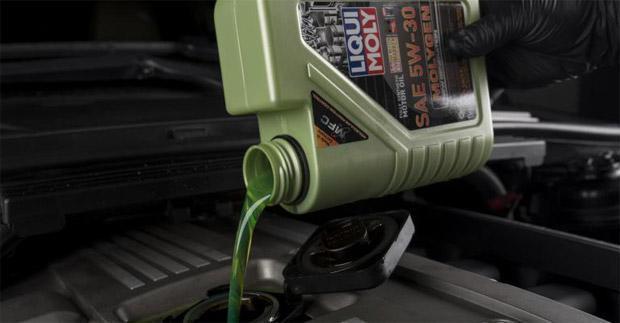

The oil is painted in an unusual green color and glows when exposed to ultraviolet rays.
Scope and reviews
Thanks to one of the most common API SN / CF and ACEA A3 / B4 approvals, this Liqui Moly oil is suitable for filling in more than half of modern civilian cars. Consider some of the nuances of its application.
The oil is well combined with catalytic converters installed in serial gasoline cars with any power supply systems. However, it is not suitable for diesel cars and trucks equipped with particulate filters.
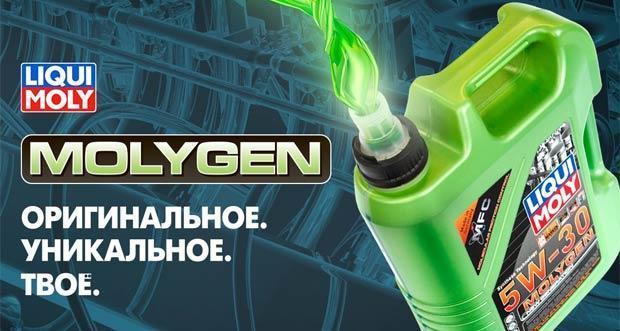

A rather high viscosity makes the oil unsuitable for filling in new Japanese cars. Therefore, the scope is limited mainly to the European automotive industry.
Motorists generally respond well to this product. Unlike older molybdenum lubricants, Molygen technology does not increase the amount of clots and solid deposits in the motor compared to oils that have a standard additive package.
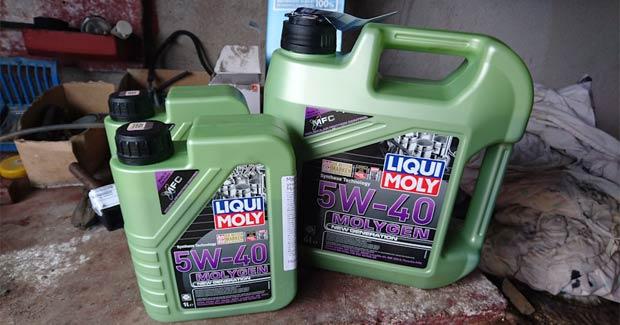

Many car owners talk about reducing the "zhora" of oil. Viscosity and partial restoration of worn surfaces are affected by alloying contact spots with tungsten and molybdenum. The noise from the motor is reduced. Increased fuel efficiency.
However, the price of oil remains a controversial issue. For a canister with a volume of 4 liters, you will have to pay from 3 to 3,5 thousand rubles. And then, provided that the base of Molygen New Generation oil is hydrocracking. For the same cost, you can pick up a simple oil in terms of additives, but already based on PAO or esters.


Watch this video on YouTube
